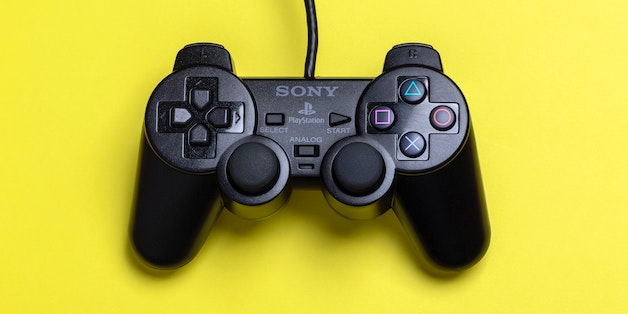
An introduction to mobile app gamification

Once you’ve learned the basics of consumer gamification, it can be helpful to start to expand that knowledge.
We called on our friends at Alty, a software company with expertise providing full-cycle services including web and mobile app development, and JumpERound Games, a creative laboratory of gamified kickstarters, to help you do that.
Anna Michkur, HR Lead at Alty; Denis Antonenko, Co-founder and Lead Game Designer at JumpERound Games; and Vitaly Tkach, Co-founder and Creative Director at JumpERound Games, spoke to us about the origin of gamification, where gamification is most often practiced, and how gamification works in mobile apps.
Where did the idea of gamification come from?
As a reminder, gamification is the implementation of game-like elements in a non-game context, such as work, study and everyday life. By no means is it a new concept. Elements of play regularly appear throughout the human experience, and when paired with marketing concepts, they have the potential to elevate the consumer journey — and promote brand goals.
“New generations have been accustomed to video games since childhood, and the model of competitive and rewarding methods fits into their lives more naturally. It has become especially relevant with the onset of COVID-19 when the level of audience involvement in marketing communications is steadily decreasing,” Michhkur said. “Gamification has become an effective 'antidote' against this. With the help of game mechanics, it is possible to motivate employees, attract user attention, increase sales and solve specific business problems.”
Where is gamification used?
Understanding gamification is only half the battle. You also have to know where it’s utilized. With a concept this effective, a number of areas have a lot to gain from it being used as tool for audience engagement.
“Gamification is actively used in sales, education, banking, healthcare, design, entrepreneurship, retail, sports (exercise and workout programs) and even the military (for example, in the US army). Companies continue to invest in gamification approaches, as they believe them to be genuinely transformative,” Antonenko said.
Antonenko says brands use game techniques to:
- Engage customers
- Provide knowledge about specific business domains
- Increase customer loyalty
- Train employees
- Motivate employees
- Improve health and wellness
- Promote personal growth
- Manage innovation
Gamification in mobile apps
So, what is it that makes gamification especially effective in mobile apps?
“Games correspond to people’s desire to have fun, entertain, simplify, socially interact, get rewards and compete,” Tkach said.
With gamified mobile apps, some brands offer users points that they can later exchange for different services. They can include options such as:
- Cash-back
- Upgrade
- Exclusive services
If you’re a QSR looking to promote mobile app downloads or user engagement, for example, you can offer users discounts on their favorite meals, points for trying new items or early-bird access to new menu options.
Of course, this is just an introduction to all there is to know about using gamification in your mobile app marketing. Stay tuned to this blog for more.

Lindsay Keener is a brand journalist for Quikly. She covers stories that help to inform and educate consumer-facing marketers.

